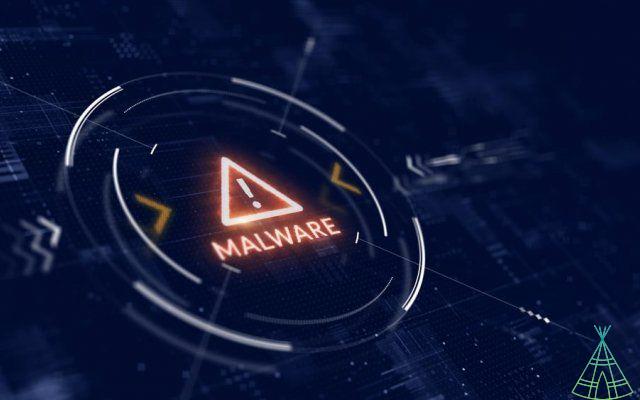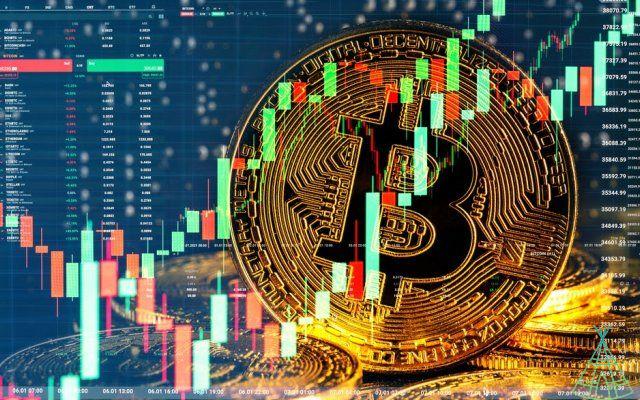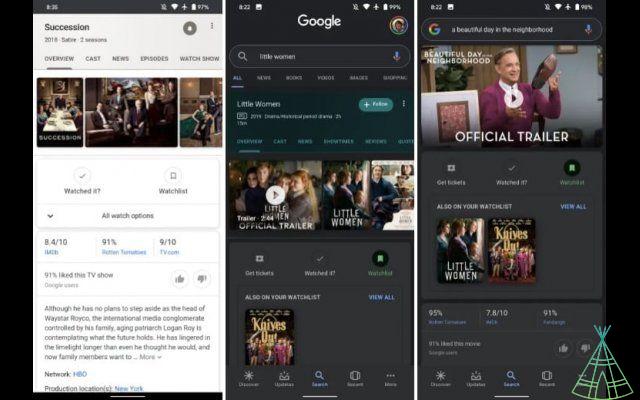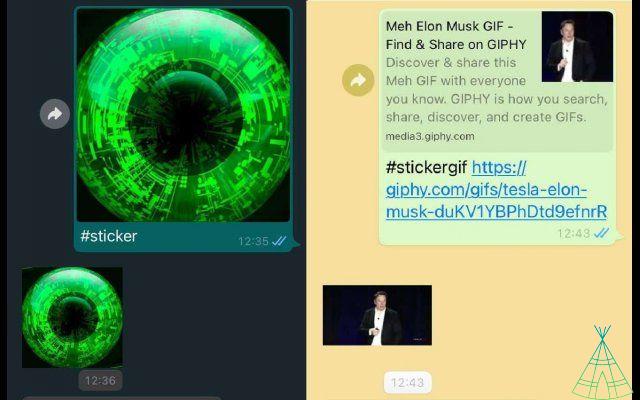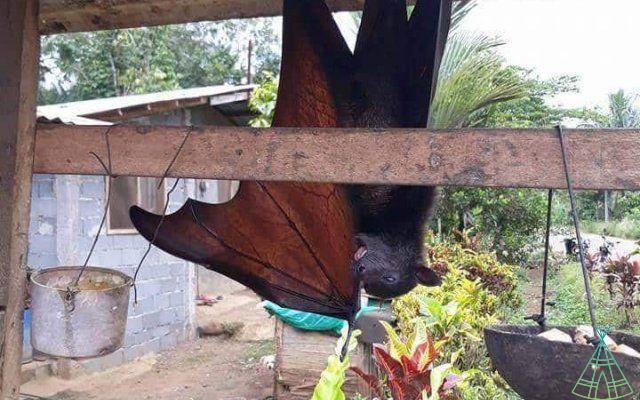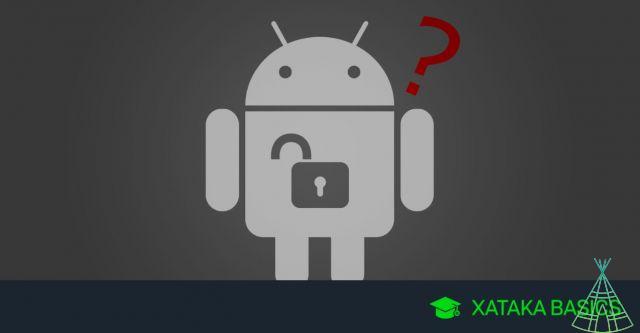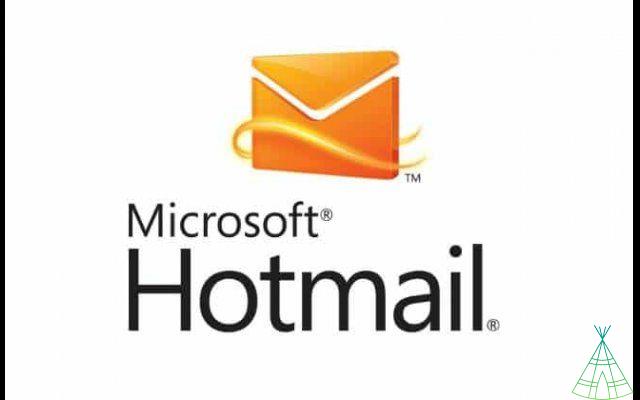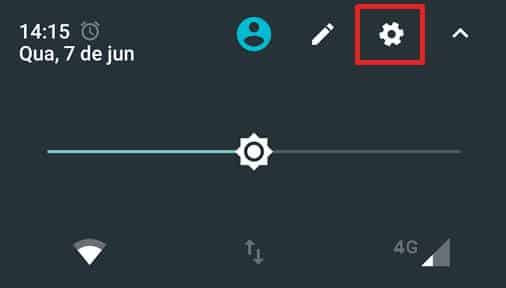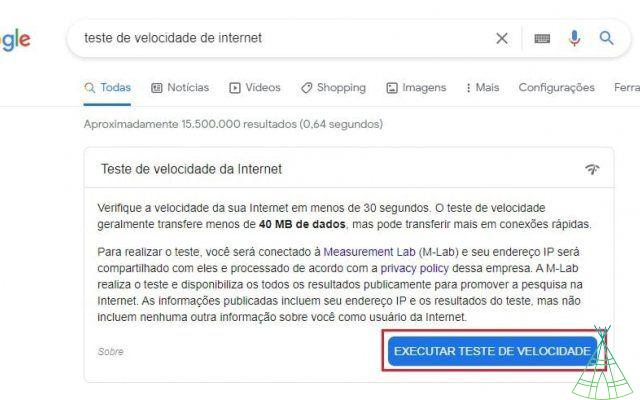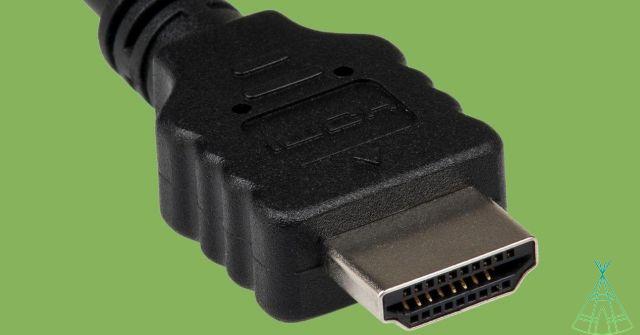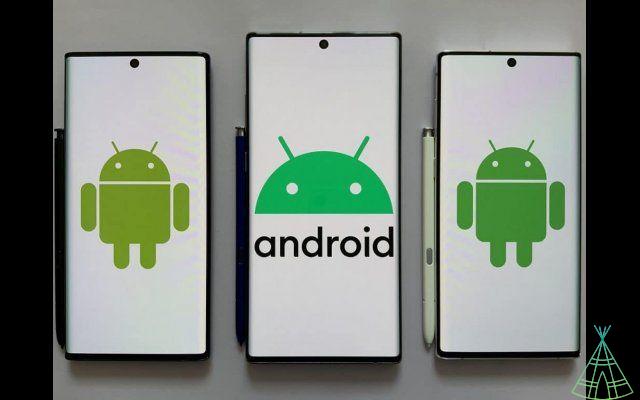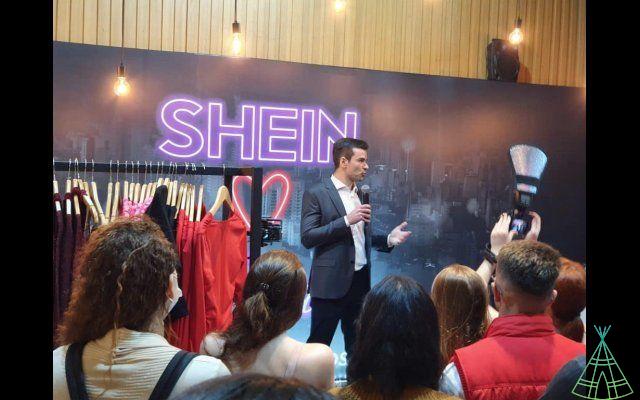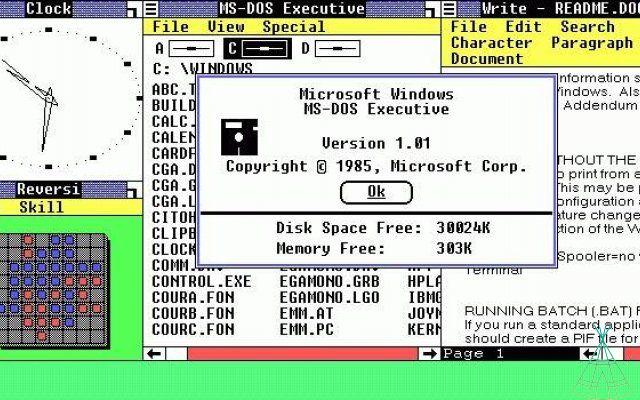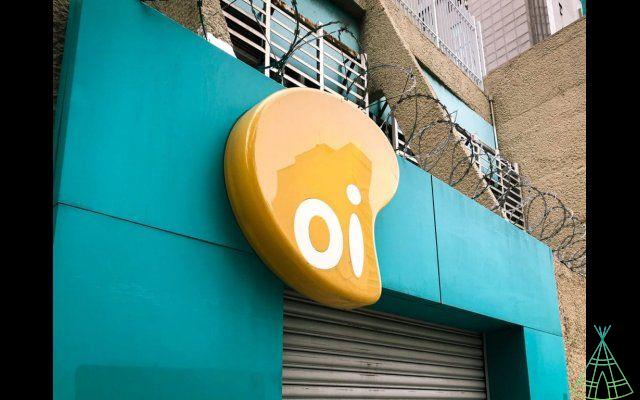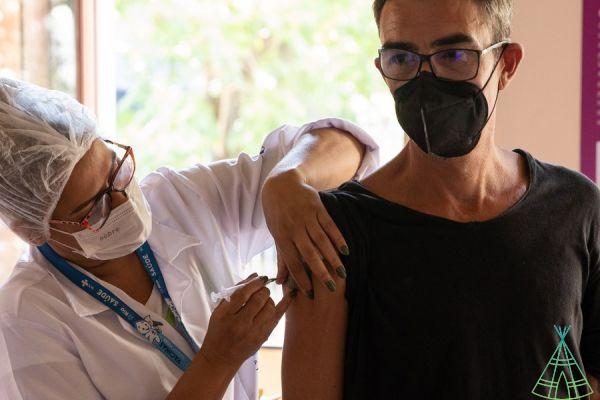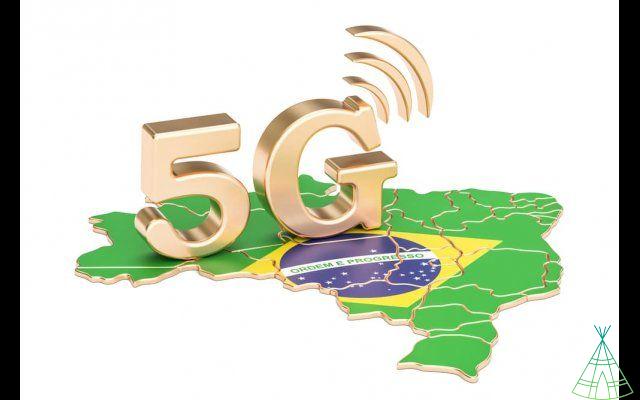Quick response code. This is the full name of the QR Code (Quick Response Code). Although it is only now being noticed — and adopted — more, it is already 25 years old: it was created in 1994 by Denso-Wave (a Toyota Group company) in Japan.
The QR Code is an evolution of the bar code — which has existed since 1970 and has revolutionized product identification. It consists of a 2D graphic (barcode one uses only one dimension, horizontal, while QR uses vertical and horizontal) that can be read by the cameras of most cell phones (some models still require specific applications for this) .
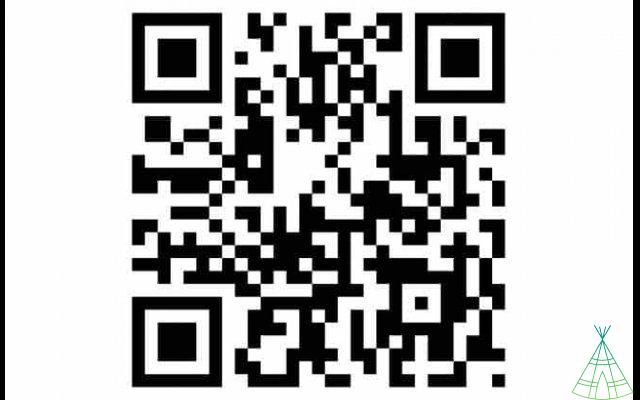
When Denso-Wave created it, it did it to facilitate the classification of car parts. Soon, however, it became clear that it could be useful in other segments. It was then improved and started to be used to offer more information and even exclusive content - since it has a high data storage capacity.
o is a visual code, it just needs to be read completely. That is, it can be in digital form, on a device, or physical, printed. One of its advantages is to take the consumer directly to where you want him to go. That is, it eliminates the need to enter addresses in smartphone browsers (a task that can be arduous on some devices).
Extra content
Initially, it was mostly used to offer extra content. It was like receiving pamphlets, for example, a code that, when scanned by cell phone, directed to a website. Most users, however, did not take full advantage of it: they had to reach unattractive pages and even wonder why anyone would take such an action.
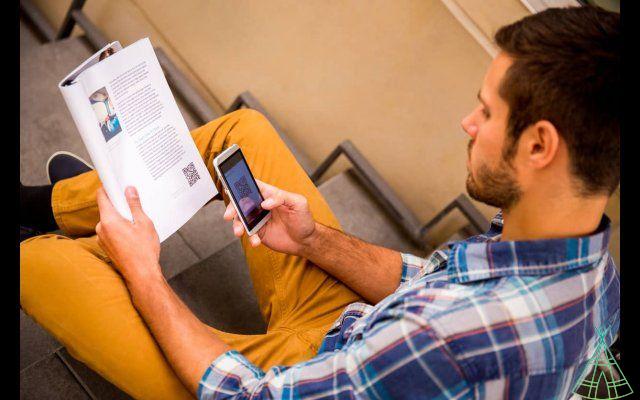
Then he moved on to serving pears support. So a restaurant could hand out flyers with its code and say it led to its webshop to allow the customer to order there directly. Another possibility was to allow a viewer to experience products featured on TV shows.
Pet identification has also become an important niche, as pet owners want to keep their pets safe. A collar, for example, can have a QR Code with the pet's data. That way, if he gets lost, whoever finds him will have an easier time knowing what to do.
In 2015, it was WhatsApp's turn to adopt the QR Code by creating a version for computers, WhatsApp Web — which, today, is preferred by many. The technology then began to be used to validate the user when he mirrors the application on the web.
Another example of use for validation is the one adopted by the Sympla application (which sells tickets for the most varied types of events). The issued codes allow tickets to be authenticated quickly.
The QR Code can also be used to reinforce security in condominiums. When a resident has a party, the entrance of visitors must be released in advance (or during the activity). One way to facilitate this is to allow the owner to send a QR Code to the guests - thus, their input becomes much more fluid.
A recent promotional action, which united McDonald's, Burger King and Subway, used the QR Code to make an offer in offline-online-offline format. Brands shared a newspaper page to present their promotions. When the reader scanned the code in the ad, he received a personalized offer according to location and time of day.
In general, applications have multiplied and only depend on creativity, but it is in the instant payments segment that the QR Code has found more and more space. The trend is that, in fact, it will become a form of payment very soon.
Payment options
The concept is not new, but now it seems to have been rediscovered: this is because its qualities, the form of validation (which makes it possible to make payments, for example) and the ease of allowing the sharing of information, gave new functions to the QR Code.
Therefore, for a few months, it has gained a lot of attention and has become increasingly used in payments. And the trend is for growth to continue: a study by the Spanish Society of Retail and Consumption (SBVC) points out that more than 80% of retailers intend to adopt apps and QR Codes or means of payment in the next 12 months.
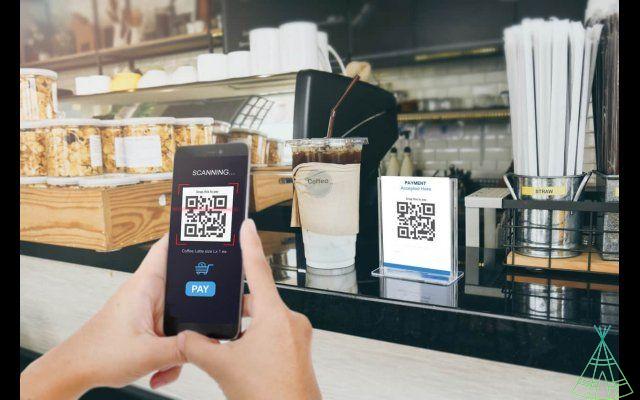
In order to increase the customer base, it is important that advantages are offered to those who agree to try the novelty. One of the first actions to involve QR Code payments was carried out by Mercado Pago: in the second half of 2018, they already offered discounts or free products for those who used the facility.
Some time later, it was iFood's turn: the platform implemented the option of instant payment and, in order to attract customers and ensure that they adopted the feature, started offering cashback to them. The promotion is still in effect.
More recently, some subway and train stations in the capital of São Paulo started a test of selling single tickets using technology — at CPTM, 25% of paying passengers use this type of ticket and, at Metro, 15%. In 11 days, 31.400 units were sold: 90,2% in ticket offices, 6,8% in self-service machines and 3,1% in the VouD application. The idea is that the QR Code will replace the magnetic ticket in the future.
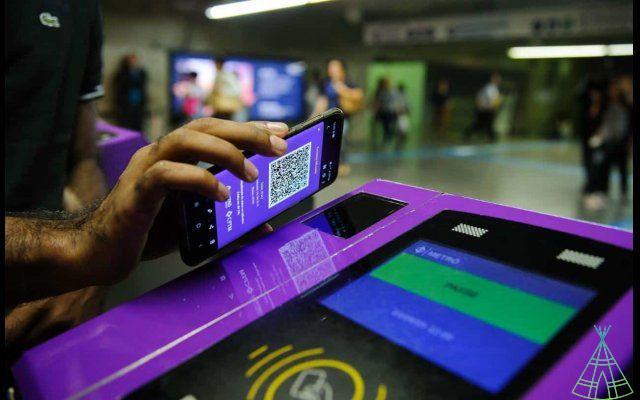
The QR Code also arrived at the Esalflores florist. a differential: while many establishments still have to enter sales made using the code manually, it incorporated this step directly into the checkout procedure at the points of sale.
Digital banks, Nubank and Inter, use the QR Code to validate transactions. Thus, it is possible to make transfers from reading the image, which has all the information of the accounts involved.
Need for standardization
The number of people who use the QR Code already reaches 17%, according to SBVC. The survey also shows that 27% of the establishments that participated in the survey accept payments through apps. According to Fellipe Guimarães, CEO of Codeby, the QR Code of the future will integrate on and offline media, adwords, bills, bar codes and so on. “The standardization and unification of information will be great differentials, especially in conjunction with security, via cryptography.”
And speaking of standardization, this should be the next challenge for this payment method. Today, each company uses its own QR Code, which is not very viable in the long term. “That's when there was a machine for each card brand”, recalls Renato Camargo, Chief Marketing Officer at RecargaPay. “ Over time, it became clear that you only needed one terminal to read them all.”
For Percival Jatobá, Vice President of Products at Visa do Brasil, interoperability is essential for the survival of any means of payment. “There are no more borders, we need to be prepared”, he assesses. “Technology itself is just a means. It cannot be limiting.”




